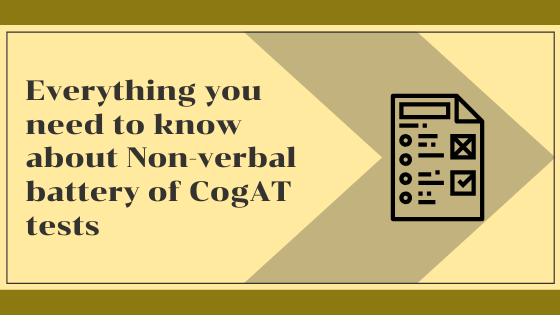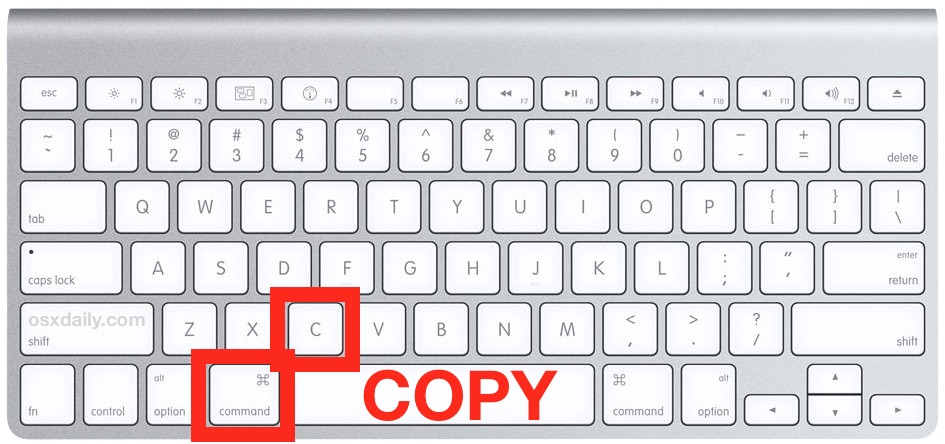Have you heard of the CogAT before? If not, for starters, CogAT stands for Cognitive Abilities Test, which is conducted to assess students learning and problem-solving abilities. But, that’s not it. There’s more that you must know about this test if you are willing to appear for it. Here’s a quick guide for you:
What is CogAT?
It is a multiple-choice assessment and as the name suggests, this test is used to measure cognitive development among children. Now, if you ask me about the motive behind conducting this kind of test. My answer will be to identify the children who are naturally gifted. These tests single out the gifted among the average. Along with that, it is an important criterion for admissions in various gifted and talented programs.
What makes CogAT important?
The reasoning skills which are determined by this assessment are directly correlated to the child’s academic success. You see, it is after the test that people surrounding the child, mainly parents and teachers know whether he is gifted. They are also aware of his or her abilities to problem-solving, cognitive learning and the ability to excel at new tasks.
Plus, we already discussed its importance in the admissions across the various talented and gifted programs. What makes this CogAT test assessment even more useful is the fact that it is majorly nonverbal, so it is an appropriate yardstick to analyze the non-English speaking students as well.
The CogAT is divided into various sections called batteries, namely:
1. The verbal battery
2. The quantitative battery
3. The nonverbal battery
Today I will briefly talk about the specifics of nonverbal battery. Let us begin by stating that it majorly focuses on images and geometric shapes.
Non-Verbal Battery
The primary reason why I crafted a content-piece specifically discussing the non-verbal section is that the majority of the children find it the most challenging. Why? Because they don’t come across this in their daily school life.
Fortunately, or unfortunately, this section consists of no reading at all which also makes it the apt way of judging and assessing the children who face linguistic problems or are even dyslexic. On the contrary, this will prove to be a disadvantage to those who are hardly exposed to numbers or even worse, are afraid. The nonverbal battery is further divided into three parts and a student is given 10 minutes each to attempt the same. Here’s a quick summary of each:
1. Figure Classification
In this part, a student is given a set of three pictures all of them from the same genre. For instance, a group of 3 vegetables or flowers or birds. Further, the student is given individual pictures, with which they need to categorize which falls in one of the three categories discussed. This part is conducted to understand the child’s strength when it comes to similarities and classifications.
2. Figure Analogies
In this part, the student is given a set of three m and another set of individual choices. Among the three pictures, one is a pair. Whereas, for the third one, they need to find a pair from the individual choices.
For example, a student is given a set of three figures, in which two are triangles and the third is a square. Naturally, the two triangles would be a pair and the student will have to find the pair of the square from the set of answers.
3. Figure Analysis
As the name suggests, this part is conducted to understand a child’s spatial awareness and analysis of figures. So, to conduct this, students are given a diagram, for example, a folded piece of paper, with a punched hole in the folded corners. Now, the riddle for the student is to identify from the set of answers what the diagram would look like once unfolded.
Wrapping up!
If you wish to identify whether or not your child is gifted, cogAT can prove to be your ultimate test. As a parent it’s your duty to assess your little one’s capabilities, so you can celebrate them, appreciate them and moreover help them carry it in their adulthood.




